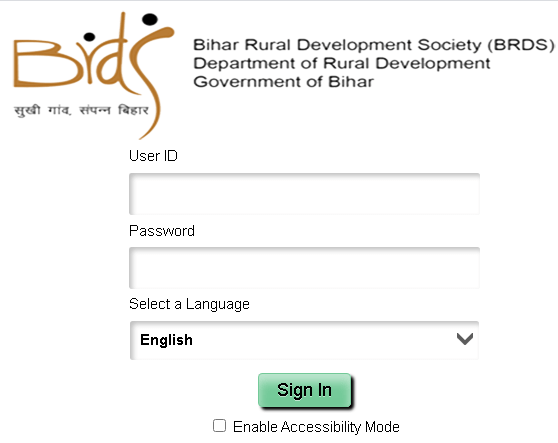Are you interested in learning Spanish but don’t know where to start? At our school, we take a student-centered approach to teaching Spanish fundamentals. With an immersive environment and strong methodology that puts the student at the center of the learning experience, you can be sure that you are receiving the best possible education in Spanish. In this article, we will explore how this approach works and why it is so effective.
What is Spanish Immersion?
Spanish immersion is a student-centered approach to learning the fundamentals of the Spanish language. It is based on the principle that students learn best when they are actively engaged in the learning process and when they are able to apply what they have learned in real-world situations.
In a Spanish immersion program, students are exposed to the Spanish language through a variety of activities, including conversations with native speakers, listening to audio recordings, watching videos, and reading texts. They also learn about Hispanic culture and history through classroom instruction and field trips.
While Spanish immersion programs vary in their approach and curriculum, they all share the goal of helping students develop proficiency in the Study spanish in havana.
Benefits of Spanish Immersion
When it comes to Spanish immersion, the benefits are many and varied. For students, Spanish immersion provides a student-centered approach to learning the fundamentals of the language. In an immersive setting, students are exposed to the language through authentic communication with native speakers in a variety of real-world contexts. This allows them to learn the language more effectively and develop a stronger foundation for future academic success.
In addition to the cognitive benefits, Spanish immersion also has numerous social and emotional benefits. Students who participate in Spanish immersion programs often report feeling more confident and competent in their ability to communicate with others. They also develop a greater appreciation for other cultures and a better understanding of their own culture and heritage. Additionally, they often form strong bonds with their fellow classmates and teachers.
Our Student-Centered Approach
When it comes to learning Spanish, immersion is key. A student-centered approach allows for complete immersion in the language and culture, providing a well-rounded education.
With a student-centered approach, all instruction and activities are conducted in Spanish. This allows for complete immersion in the language, which is essential for developing fluency. In addition, a student-centered approach provides opportunities to learn about the culture of Spanish-speaking countries. From food and music to art and history, students gain a deeper understanding of the people and cultures they are studying.
A student-centered approach to learning Spanish also fosters independence and critical thinking skills. As students are actively engaged in their own learning, they develop these important skills that will help them throughout their academic career and beyond.
Teaching Strategies Used in Spanish Immersion
When it comes to teaching strategies used in Spanish immersion, there is no one-size-fits-all approach. Each teacher will have their own unique way of teaching the language, based on their own personal experiences and beliefs about language acquisition. However, there are some common strategies that are often used in Spanish immersion classrooms.
One popular teaching strategy is known as the Total Physical Response (TPR) method. This approach involves using physical gestures and movements to help students understand and remember new vocabulary. For example, a teacher might use hand gestures to demonstrate the meaning of a new word or phrase. TPR is often used in conjunction with other methods, such as storytelling and role-playing, to provide a well-rounded learning experience.
Another common teaching strategy is known as the Communicative Approach. This approach emphasizes communication and interaction between students as a way to learn the language. Activities such as group work, discussions, and simulations are often used in communicative classrooms. The goal is for students to use the language actively, rather than simply memorizing grammar rules or vocabulary lists.
Whatever teaching strategies are used in a Spanish immersion classroom, the most important thing is that students are engaged and having fun while they learn!
How to Maximize Your Learning with Spanish Immersion
Spanish immersion is an excellent way to learn the language and culture of Spain while also gaining a better understanding of the Spanish language. Here are some tips to help you make the most of your learning experience:
1. Set realistic goals for yourself. Don’t try to learn everything at once. Start with basic conversational skills and build from there.
2. Find a good Spanish immersion program that fits your needs and interests. There are many different types of programs available, so do your research before choosing one.
3. Make an effort to speak Spanish as much as possible, both inside and outside of class. The more you practice, the better you’ll become at using the language.
4. Take advantage of cultural activities and resources offered by your program. Learning about the culture will help you better understand the language and how it’s used in everyday life.
5. Stay motivated by setting small, achievable goals for yourself along the way. Seeing your progress will help keep you excited about learning Spanish!
Alternatives to Spanish Immersion
There are many different approaches to learning Spanish as a second language. While immersion programs are becoming increasingly popular, they are not the only option available to students. Below we will explore some alternatives to Spanish immersion programs:
1. Traditional Classroom Instruction: This is the most common method of instruction for second language learners. Students learn in a structured environment with a teacher who is knowledgeable in the language and grammar rules. Classroom instruction can be supplemented with online resources, textbooks, and other materials.
2. Self-Study: With self-study, students use materials such as textbooks, workbooks, online resources, and audio/visual aids to teach themselves the language. This approach requires more discipline and motivation than classroom instruction, but it can be more flexible and affordable.
3. Language Exchange: A language exchange is when two or more people meet up to practice speaking each other’s native language. This is an informal way to learn a new language and can be done online or in person.
4. Tutoring: Tutoring is similar to traditional classroom instruction but on a smaller scale. Students work one-on-one with a tutor who can help them with their specific needs and goals. Tutoring can be done in person or online.
5. Study Abroad: One of the best ways to learn a new language is by immersion—living in a country where it is spoken regularly. This allows students to hear the language spoken naturally and gain cultural experiences
Conclusion
Spanish immersion is a fantastic way to learn the fundamentals of Spanish language and culture. With its student-centered approach, it allows students to customize their own learning experiences according to their individual needs and interests. This type of program provides many benefits for learners, including improved proficiency in Spanish as well as greater cultural understanding and appreciation. So if you are looking for an effective and engaging way to learn Spanish, consider trying out a Spanish Immersion Program!










